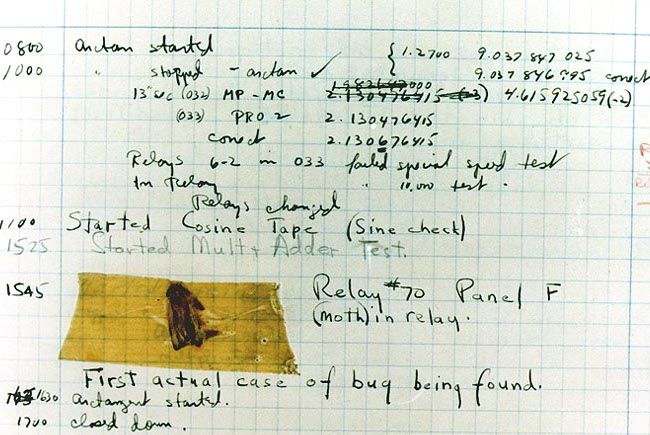Chapter Five: Digital Audio

2. Binary Numbers
A rudimentary knowledge of how binary numbers work is required in order to understand the mechanism of digital audio. A good way to start is with decimal numbers, which are much more familiar to most of us. Each "place" of a decimal number is filled by a digit. Our decimal system is called base-10, meaning that each digit can express 10 values, ranging from zero to nine. To express a quantity greater than 9, we need an additional digit or digits (we are ignoring decimals for the time being). Each place of a base-10 number represents a power of 10 (with 100 = 0–9), so 1's, 10's, 100's, etc.
Binary numbers developed as a symbolic representation of computer circuits, which can be thought of as a series of switches or logic gates that are either on or off. It seemed logical to use our first two familiar symbols, 0 and 1 to represent these two states . A single-place binary number is called a bit, which is short for "Binary digIT." Binary numbers are base-2, with each place representing the powers of two (as opposed to ten in our decimal system). The places for a binary number from right to left are 1's, 2's, 4's, 8's, 16's, 32's, etc. or 20, 21, 22, 23, 24, 25, 26, etc. which add up cumulatively if there is a '1' in that particular place.
| powers of 2 | 23 | 22 | 21 | 20 | |
|---|---|---|---|---|---|
| equivalent decimal values | 8's | 4's | 2's | 1's | |
| sample 4-bit binary number | 1 | 0 | 1 | 1 | |
| how to solve | 8 + | 0 + | 2 + | 1 = | 11 (decimal) |
| Below is a chart of some equivalent decimal to 4-bit binary values | |||
|---|---|---|---|
0 = 0000 |
4 = 0100 |
8 = 1000 |
12 = 1100 |
| 1 = 0001 | 5 = 0101 | 9 = 1001 | 13 = 1101 |
| 2 = 0010 | 6 = 0110 | 10 = 1010 | 14 = 1110 |
| 3 = 0011 | 7 = 0111 | 11 = 1011 | 15 = 1111 |
For a more extensive printable chart, click here.

Fun Factoid: Origin of the Term Computer Bug
Early computers had physical, electromechanical switches prior to the modern silicon-based electronic ones for storing and calculating bits. Grace Hopper, legendary computer programming pioneer, documented the first use of the term computer bug in programming or execution by taping a moth, which had been found by others in one of the Harvard Mark II electromechanical switches creating a glitch or program error, to the computer's log book with the inscription "First actual case of bug being found."